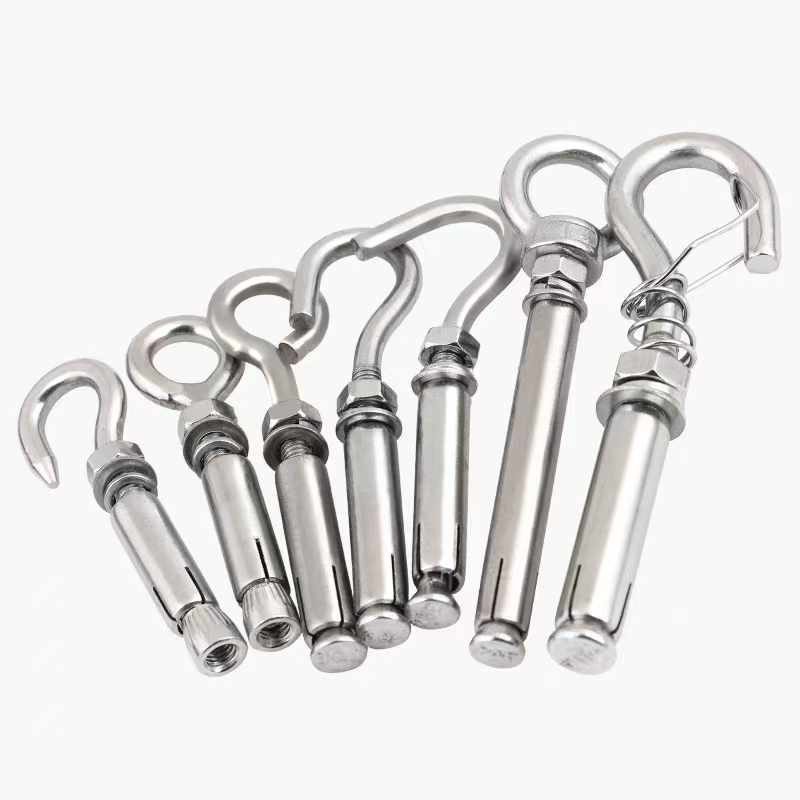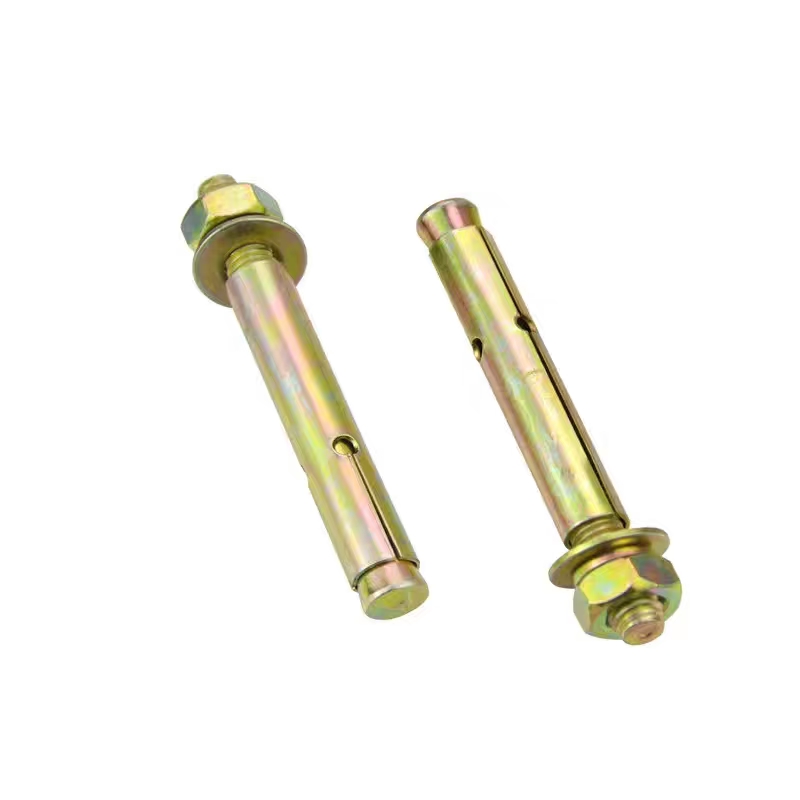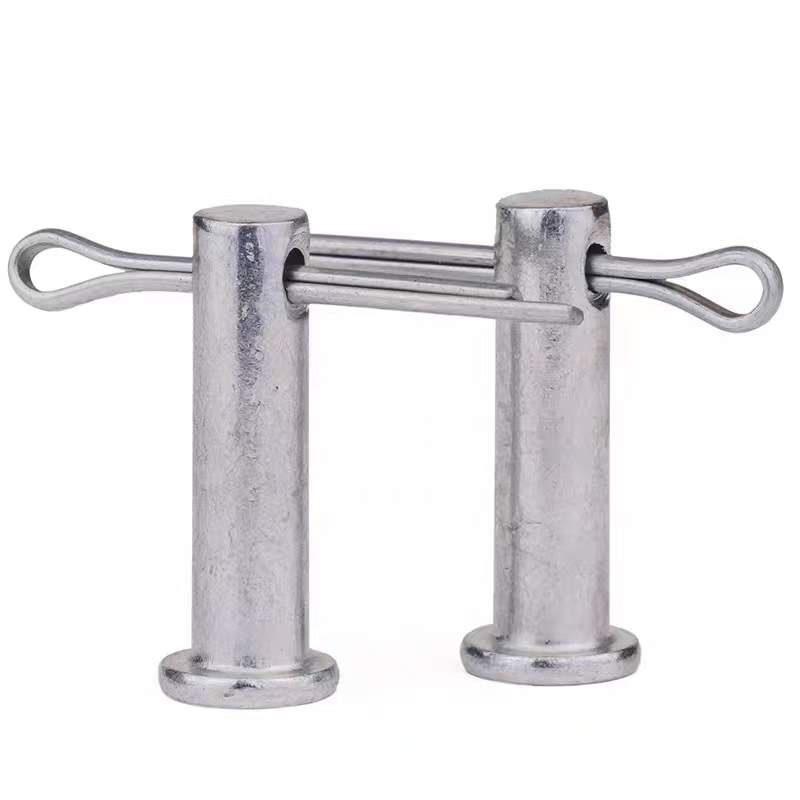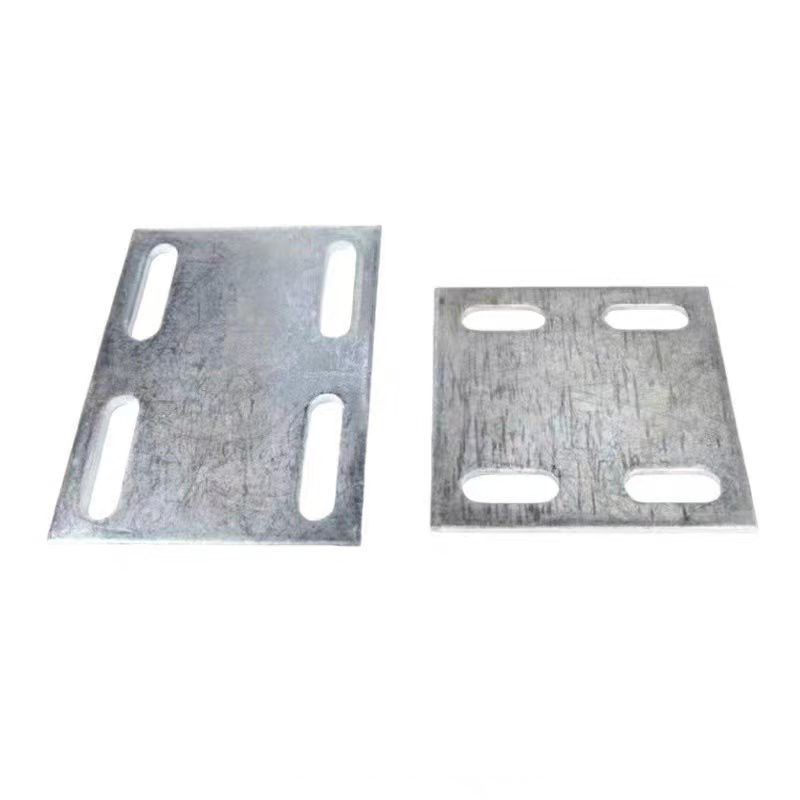- Chinese
- French
- German
- Portuguese
- Spanish
- Russian
- Japanese
- Korean
- Arabic
- Irish
- Greek
- Turkish
- Italian
- Danish
- Romanian
- Indonesian
- Czech
- Afrikaans
- Swedish
- Polish
- Basque
- Catalan
- Esperanto
- Hindi
- Lao
- Albanian
- Amharic
- Armenian
- Azerbaijani
- Belarusian
- Bengali
- Bosnian
- Bulgarian
- Cebuano
- Chichewa
- Corsican
- Croatian
- Dutch
- Estonian
- Filipino
- Finnish
- Frisian
- Galician
- Georgian
- Gujarati
- Haitian
- Hausa
- Hawaiian
- Hebrew
- Hmong
- Hungarian
- Icelandic
- Igbo
- Javanese
- Kannada
- Kazakh
- Khmer
- Kurdish
- Kyrgyz
- Latin
- Latvian
- Lithuanian
- Luxembou..
- Macedonian
- Malagasy
- Malay
- Malayalam
- Maltese
- Maori
- Marathi
- Mongolian
- Burmese
- Nepali
- Norwegian
- Pashto
- Persian
- Punjabi
- Serbian
- Sesotho
- Sinhala
- Slovak
- Slovenian
- Somali
- Samoan
- Scots Gaelic
- Shona
- Sindhi
- Sundanese
- Swahili
- Tajik
- Tamil
- Telugu
- Thai
- Ukrainian
- Urdu
- Uzbek
- Vietnamese
- Welsh
- Xhosa
- Yiddish
- Yoruba
- Zulu
- Kinyarwanda
- Tatar
- Oriya
- Turkmen
- Uyghur

China trapezoidal footing
The Intricacies of China Trapezoidal Footing
The construction world is vast and nuanced, with concepts like the trapezoidal footing being essential yet sometimes misunderstood. In China, especially with the rapid development pushing through various terrains, understanding these footings isn't just textbook knowledge—it's fundamental to a project's success. Think of trapezoidal footings as the underappreciated backbone in infrastructure building. Are they straightforward? Not entirely—but that's where the discussion begins.
The Basics of Trapezoidal Footing
First, let's clear up what we mean by trapezoidal footing. These are designed with a nod to economy and strength, often used where load distribution is a concern. In places like Hebei Province, home to companies such as Handan Zitai Fastener Manufacturing Co., Ltd., the industrial structure often necessitates such footings. They provide the stability needed without excessive material consumption.
A trapezoidal footing, visually speaking, resembles a pyramid's base with the top sliced off—a stylized 'trapezoid', if you will. But what's on paper sometimes doesn't prepare you for the hard-fought battle of translating a plan into ground reality. There's a balancing act between theory and the unpredictable nature of soil and terrain differences.
Experienced builders will tell you about unexpected soil conditions mid-project—trapped rainfall changing compaction, for one. That's why the design has to remain flexible, always adjusting to the reality on the ground. Each footing is not just laid; it’s adapted.
Practical Implementation Challenges
During implementation, messages passed down often focus on the cost-effectiveness and simplicity of execution. But let's not underestimate this step. Working in Handan City, where rapid weather changes are common, one must account for these shifts when pouring concrete for footings.
Your team needs to be proactive, not reactive. Small delays in curing due to unexpected rain can set back schedules but more critically affect the integrity of the trapezoidal footing. This is where the adjacent transportation convenience—like the proximity to the Beijing-Guangzhou Railway—helps. Quick material resupplies can save the day.
Real-world experience teaches that installing these footings is as much about understanding the local environment as it is about the math and engineering behind the design. It’s not that the latter is less important, but ignoring the former can be detrimental.
Considerations for Long-term Durability
Durability doesn’t just come from a well-laid trapezoidal footing; it starts with the components. Handan Zitai Fastener Manufacturing Co., Ltd., located in this industrial heart, stands as a testament to the importance of using quality material. Reliable components form the unseen skeletons ensuring buildings stand the test of time.
Every contractor, at some point, has underestimated the importance of careful wet-setting and curing. This isn't just guesswork—experience from previous projects, especially larger ones sprawling over uneven terrain, emphasizes that careful attention during these processes leads to better long-term outcomes.
So, while discussions about footings might seem dry, the reality when on-site is anything but. Structural integrity isn't an optional extra; it's the very foundation of lasting construction.
Case Studies and Common Pitfalls
Throughout different projects, one consistent issue emerges: the assumption that what's beneath the surface doesn't matter much once covered. This couldn’t be further from the truth. In China, given the well-publicized rapid urban expansion, it's easy to forget the groundwork—literally—is where attention is most crucial.
Take, for instance, a project near the Beijing-Shenzhen Expressway. Initial designs assumed uniform soil conditions throughout the lot. It wasn't until machinery started to sink—yes, sink!—mid-preparation that the actual complexity of soil variation became apparent. Quick, adaptive thinking saved the project, but it was a reminder not to take surface impressions at face value.
Remediation involved redesigning certain footings to a more suitable style for parts of the site. The changes weren't drastic, but they were vital. Such experiences underline why site-specific adjustments for trapezoidal footings are not just advisable—they're necessary.
The Role of Companies in Supporting Footing Design
Finally, companies like Handan Zitai Fastener Manufacturing Co., Ltd. play an essential role beyond simply supplying. They're a part of the ecosystem that ensures footings perform as expected. The irony is, the more adeptly they do their part, the less we notice—until something goes awry.
The synergy between supplier and builder is pivotal. Communication lines must remain open throughout, sharing not just the technical specifications but also insights from practical application. It's a collaboration that's becoming increasingly important as China's urban landscape continues to evolve.
It's easy to underestimate, even dismiss, the complexity of trapezoidal footing design, but those who have taken on projects in bustling industrial centers like Yongnian know that beneath each structure is a dedicated endeavor to secure its present and future.
For anyone venturing into construction or related fields, especially in fast-developing areas of China, the lesson is clear: what lies beneath is just as vital as what rises above.
Related products
Related products
Best selling products
Best selling products-
 Welding nails
Welding nails -
 Electroplated galvanized flange nut (flange face nut)
Electroplated galvanized flange nut (flange face nut) -
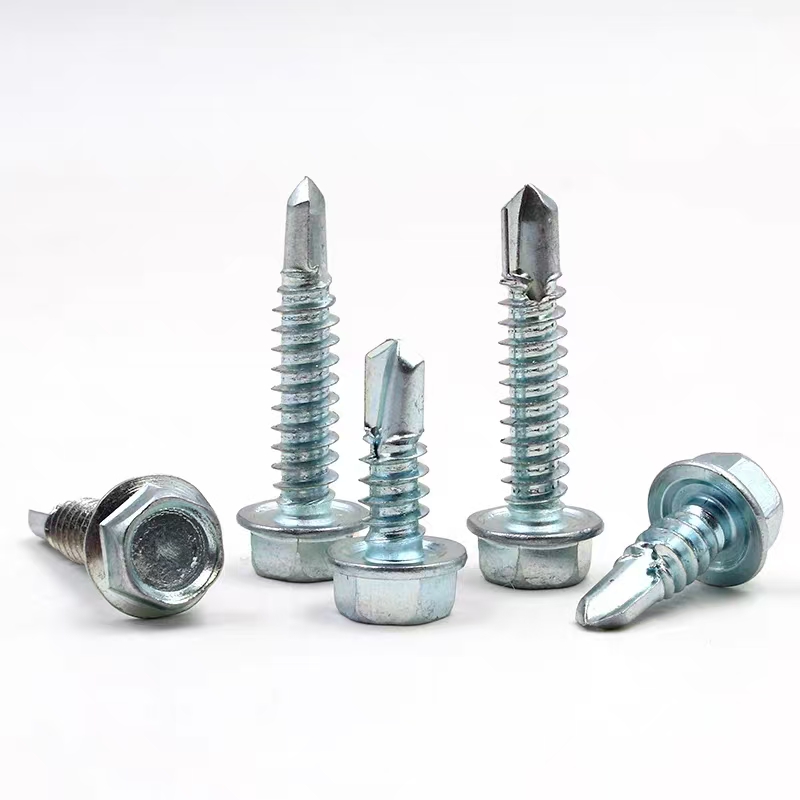 Electro-galvanized hexagonal drill thread
Electro-galvanized hexagonal drill thread -
 Colored zinc-plated expansion hook
Colored zinc-plated expansion hook -
 Electrogalvanized cross countersunk drill thread
Electrogalvanized cross countersunk drill thread -
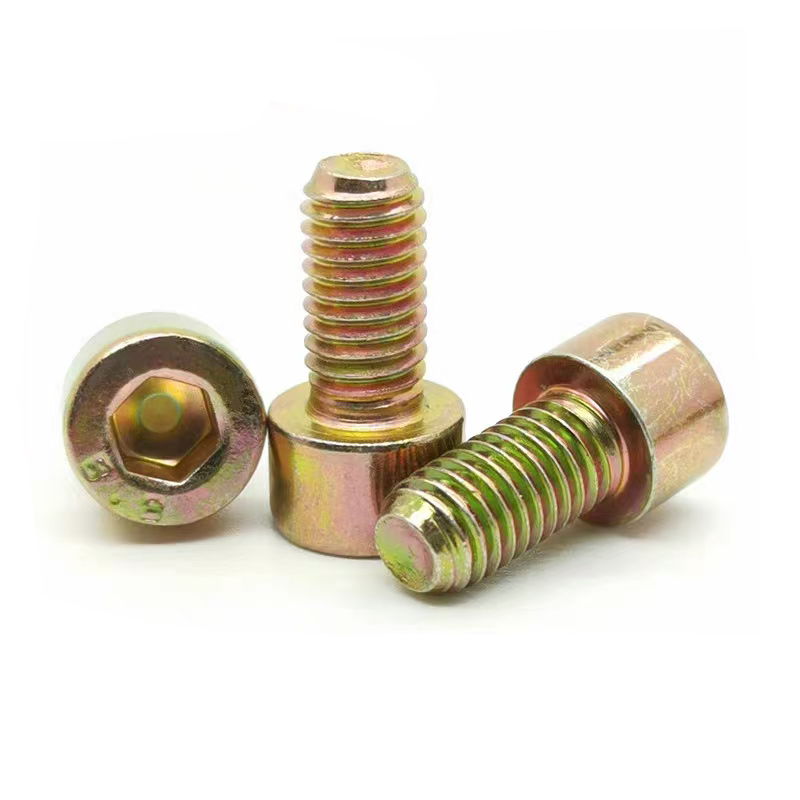 Hexagon socket colored zinc-plated bolts
Hexagon socket colored zinc-plated bolts -
 Electrogalvanized nuts
Electrogalvanized nuts -
 Black zinc plated hexagonal bolts
Black zinc plated hexagonal bolts -
 Colored galvanized hexagonal drill tail wire
Colored galvanized hexagonal drill tail wire -
 Electrogalvanized chemical bolts
Electrogalvanized chemical bolts -
 Electroplated zinc flange bolts
Electroplated zinc flange bolts -
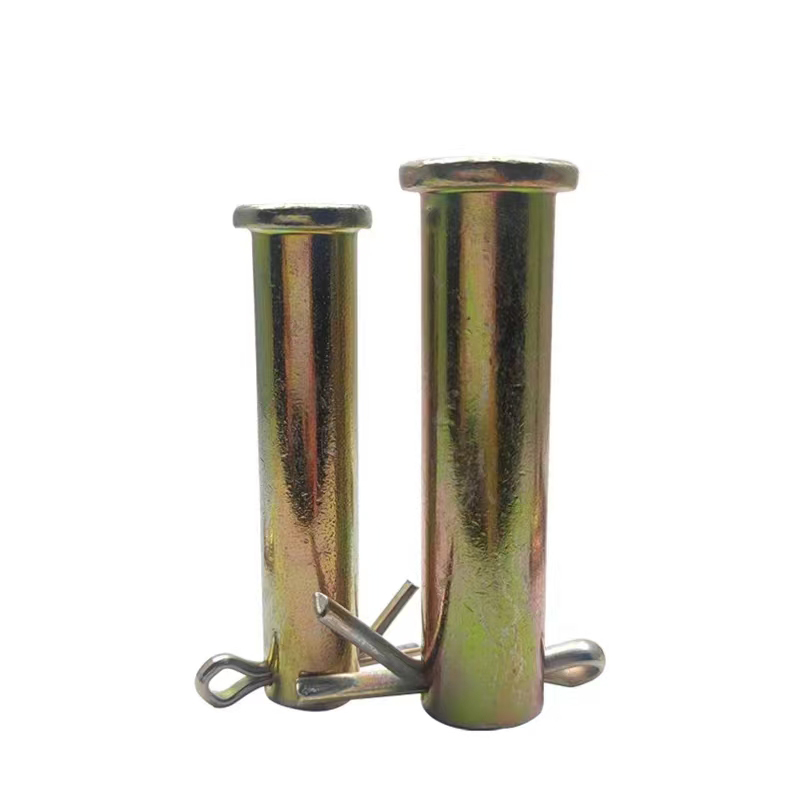 Colored zinc-plated pins
Colored zinc-plated pins


